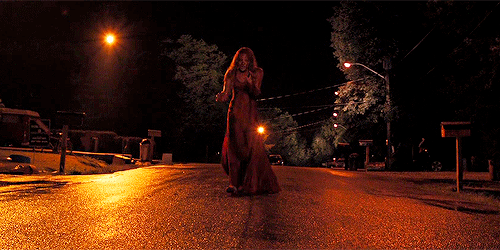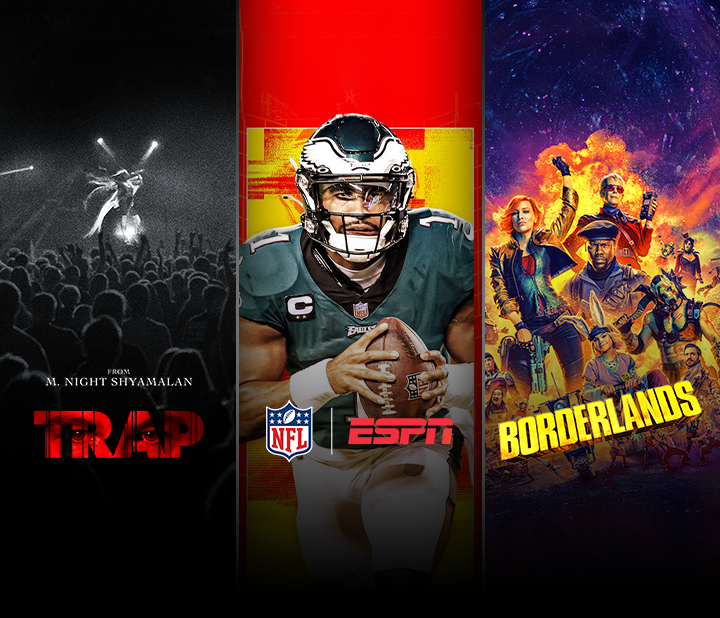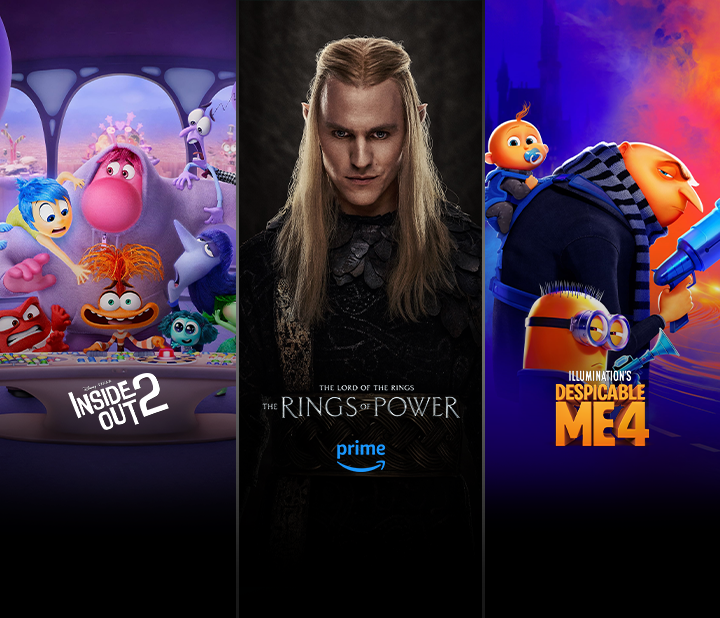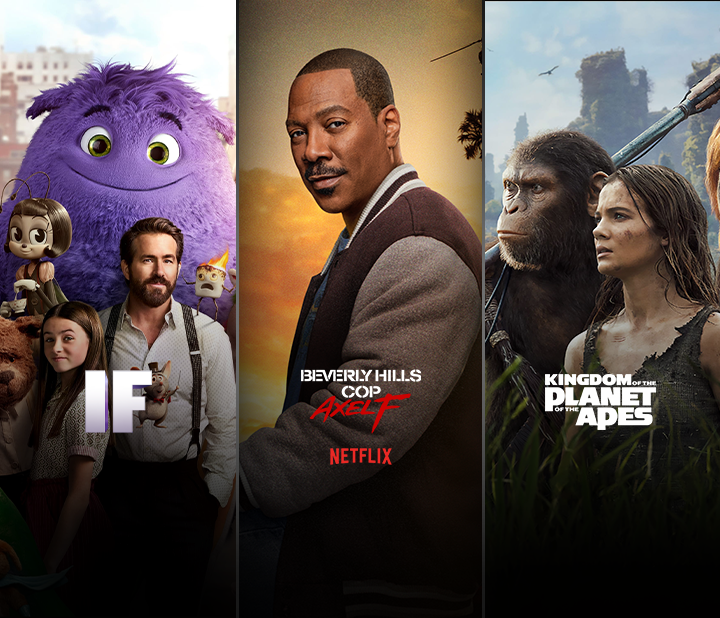Watch if You Dare: 5 Smart & Spooky Movie Marketing Moments
Movie marketers have found unique and creative ways to promote their films over the years, with the Horror genre often leading the way when it comes to creating real-life moments of creepiness and terror that become viral sensations.
Here’s 5 examples of smart and spooky guerrilla marketing that took movie promotion to the next level.
SMILE (2022)
Why is that person smiling at me?
Imagine innocently catching your morning train and sitting across from someone smiling at you with a maniacal stare for the whole trip. Creepy right? Well back in 2022 that’s just what happened for many Sydneysiders on their daily commute, as part of Paramount’s clever marketing for its horror thriller Smile.
Perhaps even more terrifying was how Smile was marketed in the US. Thousands watching baseball games on television began noticing spectators behind the home plate with creepy smiles and dead-eyed stares. These strategically placed actors quickly went viral.
With it’s savvy campaign and viral marketing, Smile was a hit and generated over $200 million at the worldwide box office, garnering solid reviews and an upcoming 2024 sequel.
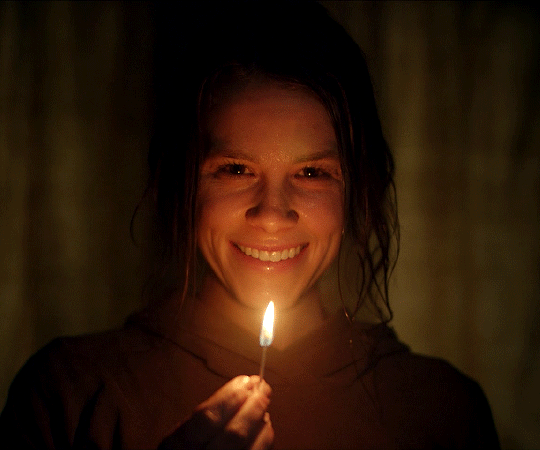
It (2017)
Simple red balloons create a viral sensation
In 2017, a series a red balloons appeared from nowhere tied to roadside grates. Was it a kids party? A celebration of some sort? Nope, these balloons had a much more sinister story. They were ingeniously placed to promote the upcoming big screen adaptation of Stephen King’s It.
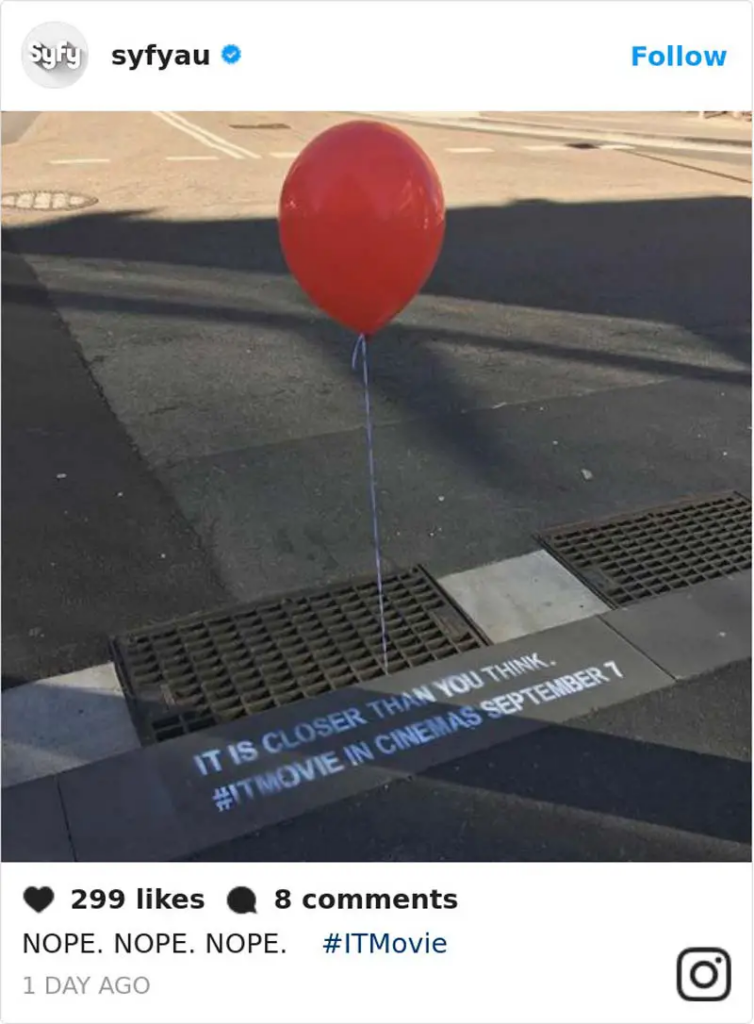
It tells the story of a devilish clown that lures children into the sewers with red balloons. Those in the know realised fast that this was no party decoration, but an effectively simple marketing campaign to generate clever buzz for the movie. And it worked a treat.
Images of the single red balloons flooded social media. As more and more of them appeared, the news media also got involved and provided the film all-important free promotion.
The campaign helped It become a smash. Raking in over $700 million at the box office. Not bad for a few cheap balloons.

THE BLAIR WITCH PROJECT (1999)
A game changer for viral movie marketing
The Blair Witch Project featured a viral marketing campaign that is still referenced as one the best ever. With the internet still in its infancy in 1999, a website appeared for the film containing information about three missing student filmmakers, a timeline of events leading up to their disappearance, information about the myth of the Blair Witch, news reports, interviews with locals, and police evidence around the case.
Most importantly, the website also claimed that The Blair Witch Project film coming to cinemas was an unfinished documentary created by the three students who went missing, made up of their recovered footage.

Perhaps hard to believe now, but in 1999, moviegoers were fooled into believing The Blair Witch Project was a true story.

With a tiny budget, The Blair Witch Project went on to make almost $250 million worldwide and is still one of the most successful independent films of all time.
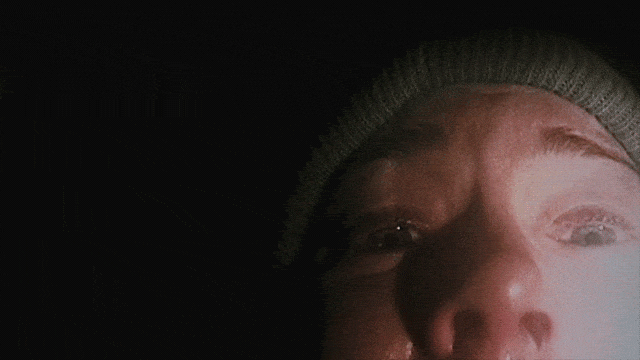
THE RING (2002)
These unmarked video tapes are creepy..
The 2002 American remake of the Japanese horror classic Ringu took a similar approach to The Blair Witch Project, but added extra elements of marketing brilliance. The Ring told the story of a cursed video tape that caused its viewers to die 7 days after watching it.
Unmarked VHS video tapes were left outside concert venues, placed on car windshields and underneath cinema seats in the lead up to the film’s release. Not only did the tapes contain the actual “cursed” video from the movie, but they also directed people to a series of bizarre websites, one of which allowed users to type in a friends email and phone number. The unlucky friend would then be sent the cursed video as an email attachment and later, a voice message on their phone simply saying “7 days”.
Late night TV commercials would be randomly interrupted by the cursed tape footage with no context, and no promotion or mention of the movie at all.
The campaign confused many, but garnered huge buzz and interest for the film, which went on to make almost $250 million worldwide from a $45 million budget.
Sequels to The Ring would take the viral approach to new levels, including this campaign for 2017’s Rings.
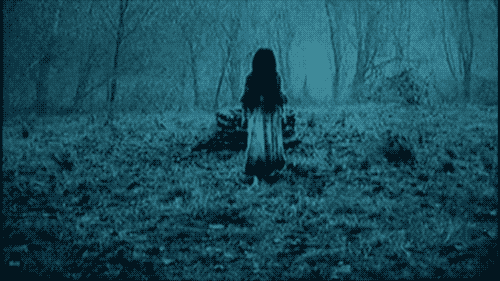
CARRIE (2013)
When your marketing prank is more interesting than your movie
The 2013 remake of Carrie starring Chloë Grace Moretz may not have won much critical acclaim or set fire to the box office, but the film does win the prize for one of the most elaborate viral marketing pranks of all time.
A cafe in New York’s West Village was set up for the prank which involved a woman getting into an argument with a man who accidentally spills coffee on her laptop. She then uses her telekinetic powers to throw him against a wall and cause major chaos in the cafe. Random bystanders were in complete shock at what they were witnessing.
While the prank quickly went viral in 2013, it couldn’t help what was a mediocre remake of Carrie. However, the film still managed to gross a decent $84 million worldwide.
